I used to think Botox was only for celebrities or people trying to look ten years younger. But after catching my reflection in the mirror one morning and seeing those deep frown lines, I started wondering if maybe this stuff was worth looking into. It’s not about vanity, it’s about feeling confident and refreshed again. Still, I had so many questions and didn’t know where to start.
If you’re curious about Botox, how it works, how long it lasts, or whether it’s the right option for you, this post has you covered. We’ll break everything down in simple, honest terms so you can make the best decision for your skin, your health, and your peace of mind
Botox does not erase wrinkles
When most people think of Botox, they picture an instant fix for wrinkles. But here’s the truth: Botox doesn’t erase wrinkles, especially not the deep, etched-in ones. Instead, it temporarily relaxes the facial muscles responsible for creating dynamic wrinkles, the ones that appear when you smile, frown, or squint.
So, if you’re expecting baby-smooth skin overnight, you might be disappointed. Think of Botox more like a pause button for facial expressions that deepen lines over time. It helps soften wrinkles and prevent new ones from forming, but it doesn’t act like a facial time machine.
It’s temporary (more temporary than I thought)
One of the most common questions is: how long does Botox last? The answer might surprise you. On average, Botox effects last between 3 and 4 months. Some lucky people might stretch it to 6 months, while others may notice the effects start wearing off around 2.5 months.
This variability depends on several factors: your metabolism, the number of units used, the area treated, and how expressive you are. Suppose you’re very expressive or have strong facial muscles; you may break down Botox more quickly than someone with naturally relaxed features.
Yes, it can hurt (but only for a short time)
Getting Botox isn’t exactly a spa day. While it’s a quick, noninvasive procedure, it involves a series of small injections with a thin needle. Most people describe the sensation as a series of tiny pinches or a mosquito bite.
If you’re nervous about the pain, some clinics offer numbing cream beforehand. But for most, the discomfort is minor and lasts only a few seconds per injection site. It’s over before you know it.
There are certain things you cannot do afterward
Once you’ve had Botox, your post-injection behavior matters. Doctors recommend avoiding strenuous exercise, lying down flat, or touching your face for at least 4 to 6 hours after treatment. Why? To minimize the chance of the neurotoxin spreading to unwanted areas.
Other restrictions include avoiding alcohol, blood thinners, and makeup for a short period. These guidelines help minimize bruising and support proper diffusion at the injection sites.
It’s not just for celebrities
Botox used to be associated with red carpets and A-listers, but that stereotype is long gone. Today, Botox is a mainstream cosmetic procedure available to anyone, from professionals in their 30s to grandparents looking for a refresh.
The rise of preventative treatment has led people in their mid-to-late 20s to begin Botox to delay signs of aging. The beauty industry has normalized Botox as part of a regular skin care routine, no fame required.
Getting Botox is not a moral failing
Let’s be honest: there’s still some stigma around cosmetic enhancement. But choosing Botox does not make you vain, weak, or shallow. It’s simply a personal decision, no different from dyeing your hair or wearing makeup.
Whether you’re aiming for wrinkle reduction, facial rejuvenation, or a boost in confidence, Botox is a tool. It doesn’t define your worth or values, and it certainly doesn’t make you less authentic.
Read More Article: Why Does the Roof of My Mouth Hurt
Feeling ‘frozen’ can feel good
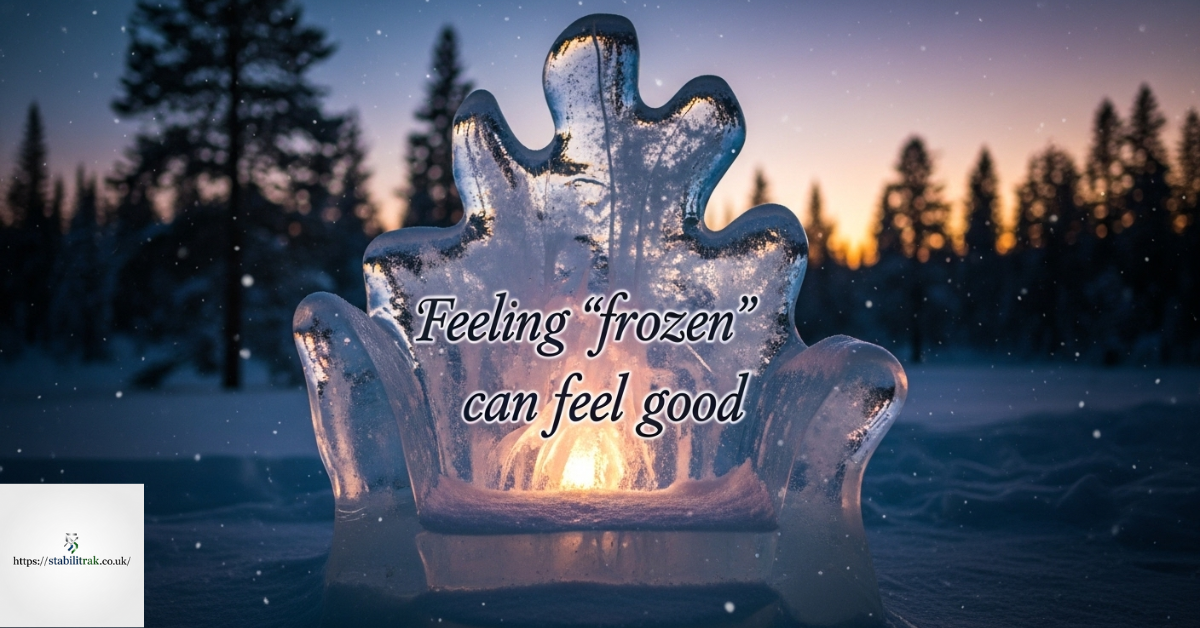
Many first-time Botox users worry about looking frozen or losing their ability to express emotion. But the reality is much more subtle. Properly injected Botox doesn’t erase your personality; it smooths expression lines while still allowing natural motion.
And here’s the kicker: some people like the feeling of a “frozen” forehead. It can reduce muscle tension, help with chronic migraines, and even prevent frown lines from forming during stressful moments.
Everything you need to know about the needle
Botox is injected using a super-fine needle. A licensed provider will target specific injection sites depending on the treatment area, like the forehead, crow’s feet, or glabellar lines between your eyebrows.
Every injection administers a small dose of botulinum toxin type A directly into the targeted muscles. This temporarily blocks the nerve signals that tell muscles to contract. Don’t worry, it’s over in about 10 minutes.
What does Botox even do?
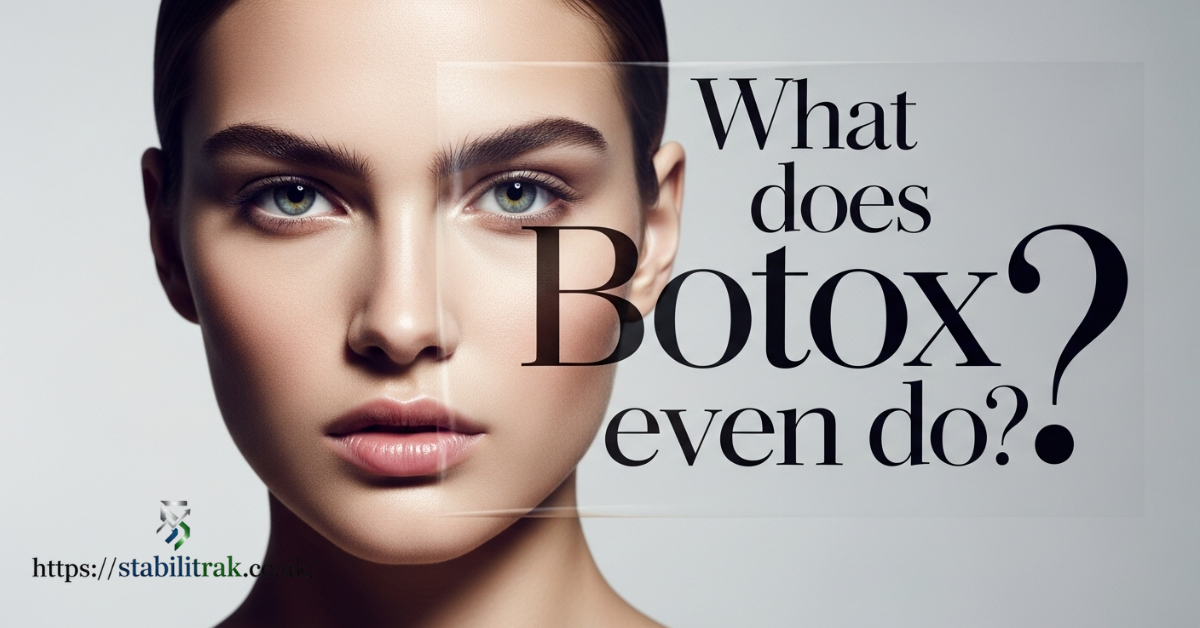
Botox works by temporarily paralyzing facial muscles to reduce the appearance of dynamic wrinkles. These are the lines caused by repeated facial expressions like frowning, smiling, or squinting.
By preventing those contractions, Botox smooths out lines and prevents them from getting deeper over time. It’s one of the few treatments that addresses the cause of wrinkles, not just the surface.
For the sake of beauty, is Botox safe?
Generally speaking, Botox is safe when administered by a board-certified dermatologist or trained provider. It’s FDA-approved, and complications are rare when proper dosage and technique are followed.
That said, risks include drooping eyelids, bruising, headache, or asymmetry. Choosing a qualified injector and discussing your medical history reduces the likelihood of adverse effects.
Before you get Botox, make sure you read this
Do your research before scheduling your first appointment. Look for licensed professionals with positive reviews, before-and-after photos, and a medical background in aesthetic medicine.
Never buy discounted or unbranded injections. There are counterfeit products out there, and you don’t want mystery toxins near your facial nerves.
How to choose the right clinic
Choose a clinic that prioritizes safety, patient education, and realistic expectations. During your Botox consultation, the provider should assess your face, explain risks, and discuss goals, not pressure you into anything.
Also, make sure the facility is clean, follows medical standards, and uses FDA-approved botulinum toxin A products. A good injector will say “no” if Botox isn’t right for you.
Make a Botox plan with your doctor
Botox isn’t one-size-fits-all. Your doctor should help build a treatment plan based on your muscle strength, facial structure, aesthetic goals, and budget.
Some areas need more Botox units than others. For example, forehead lines might require 10–20 units, while crow’s feet may need 5 to 15 per side. Your plan should include the expected cost, timeline, and Botox frequency.
Let your bank account, not you, guide your decision
Botox isn’t cheap. The average cost ranges from $10 to $20 per unit, and most treatments require 20 to 50 units, depending on the area. So yes, your wallet should play a role in the decision.
Don’t sacrifice quality for price. A bargain Botox session might seem appealing, but it could cost more in corrections if the provider lacks experience or uses low-quality products.
Read More Article: How Much Do Braces Cost
What’s the right age to get Botox?
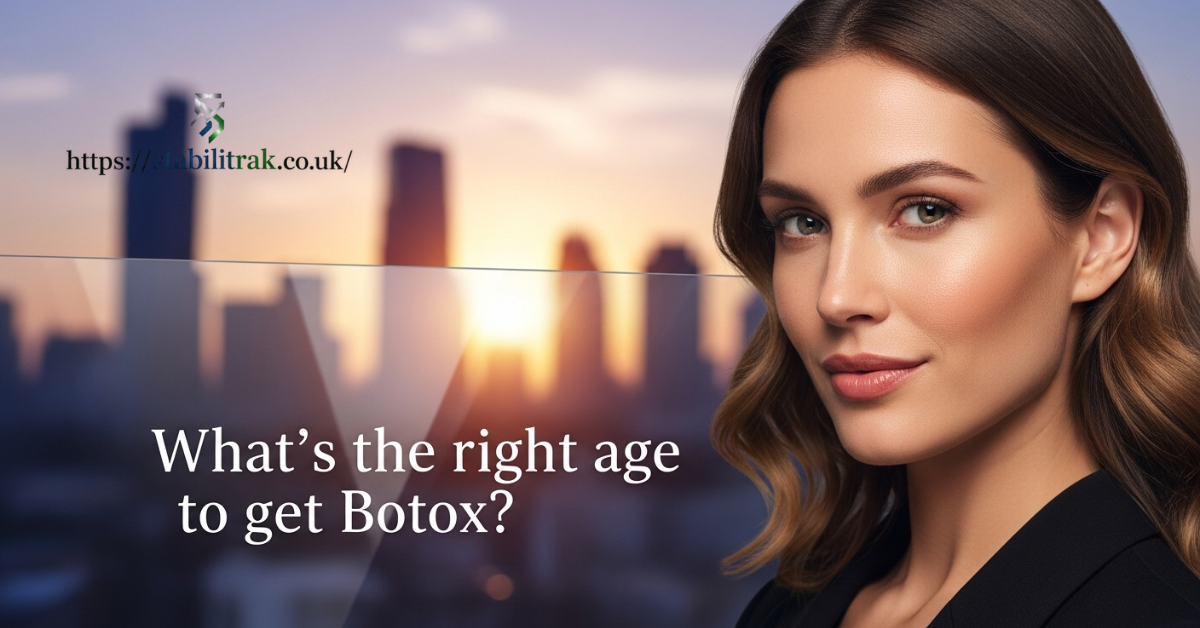
There’s no magic number. Many begin in their 20s to prevent lines, while some prefer to wait until their 40s or 50s for corrective treatment. Your skin type, facial structure, and genetic aging patterns all influence the outcome.
The best age to start Botox is generally when you notice lines that remain visible even as your face relaxes. That’s when Botox can be most effective in wrinkle prevention.
What are the risks of Botox?
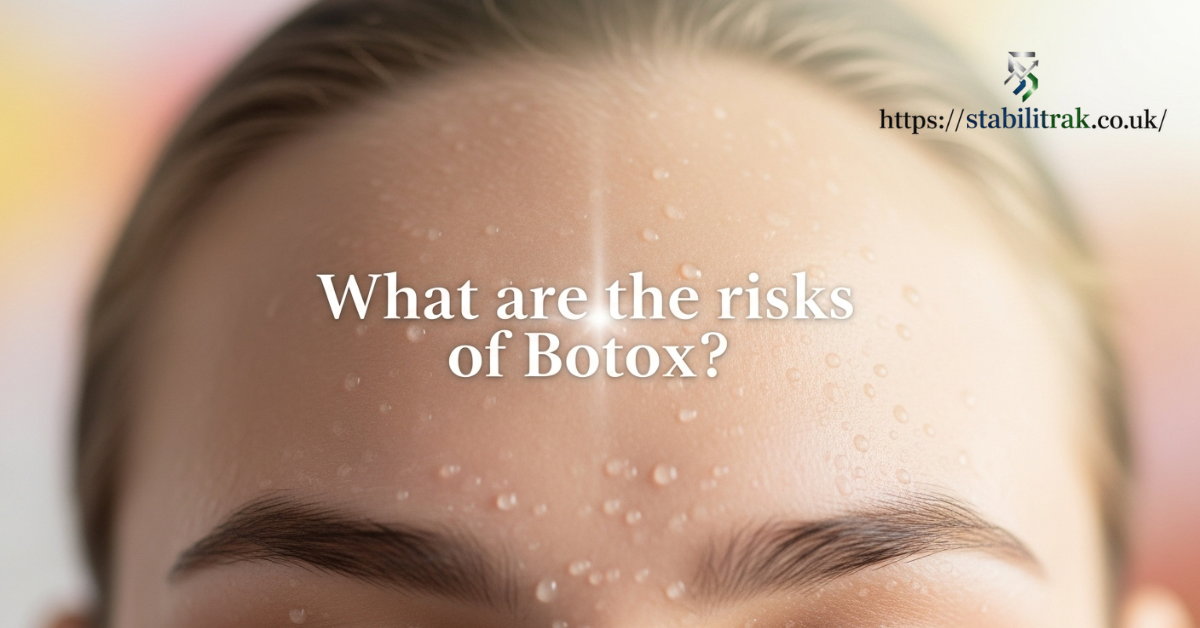
Side effects are usually mild: swelling, bruising, or a headache. Rare risks include muscle weakness, drooping eyelids, or uneven results. Most side effects subside within a week.
Serious complications are very rare but can include allergic reactions or toxin diffusion into nearby areas. This is why proper training and credentials are non-negotiable when picking a Botox provider.
Contact your doctor if you have…
After treatment, contact your provider should you notice any of the following:
- Muscle weakness beyond the treated area
- Difficulty swallowing or breathing
- Severe headache
- Blurred vision
- Signs of an allergic reaction (rash, itching, swelling)
These symptoms are uncommon but require immediate attention to ensure safety.
How long does it last?
How long does Botox last? On average, the effects stick around for 3 to 4 months. Some people may notice it fading earlier if they have a fast metabolism or active facial muscles.
Over time, repeated treatments may “train” your muscles, making results last a bit longer. Still, most people return for maintenance every 3 to 4 months to preserve their look.
What is Botox?
Botox is a neurotoxin injection made from botulinum toxin type A. When injected in small, controlled doses, it relaxes facial muscles by blocking nerve signals.
While often associated with cosmetic enhancement, Botox also has medical uses for treating migraines, excessive sweating, eyelid spasms, and more.
When does it start working?
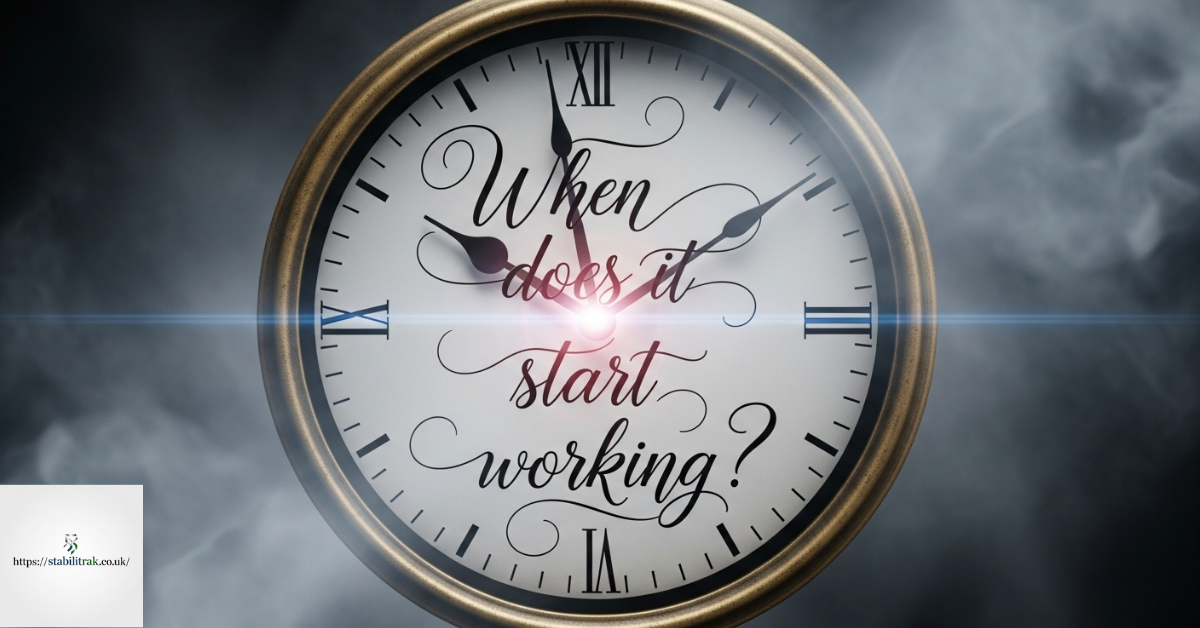
Botox isn’t instant. Results are usually noticeable in 3 to 5 days, with full effects visible by 7 to 14 days. The delay happens because it takes time for the toxin to block the communication between nerves and muscles.
If you still see wrinkles after a few days, be patient. Don’t schedule a touch-up too soon; give it two full weeks to assess.
What to expect during the procedure
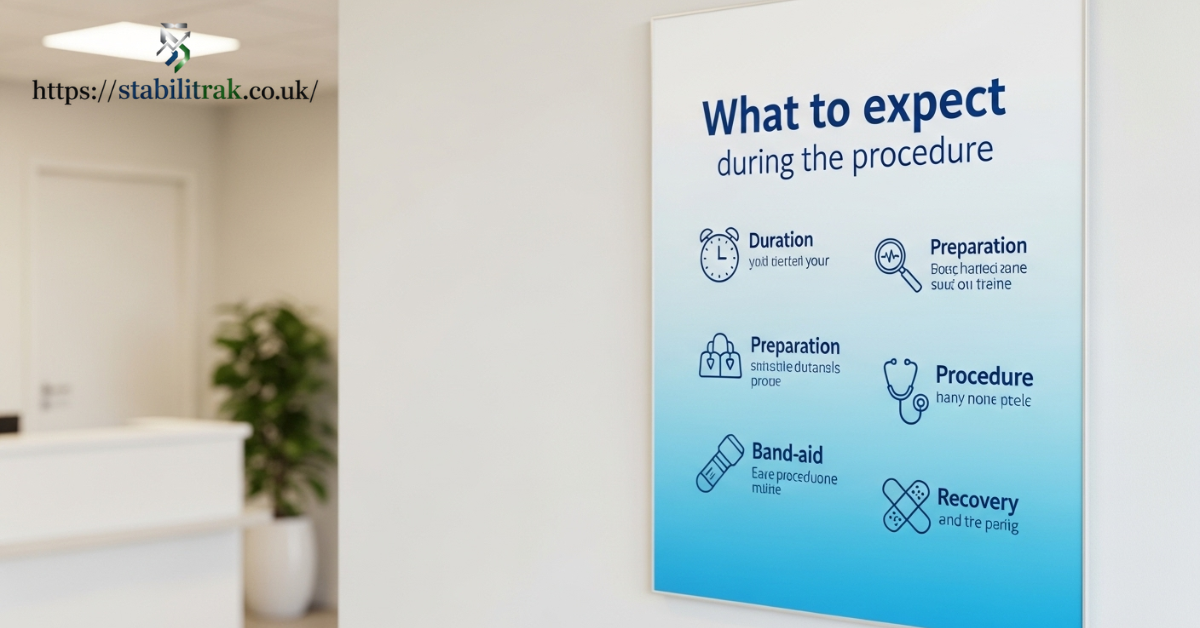
A standard Botox session lasts about 10 to 20 minutes. Your provider will clean the area, mark the injection sites, and use a thin needle to administer the Botox.
You might feel small pinches, but it’s over quickly. There’s no downtime, so you can return to work the same day, just skip the gym and facials.
Things to consider
Botox is not a permanent fix, and it may not be suitable for everyone. It requires consistent maintenance, a financial commitment, and trust in your provider.
Discuss all medical conditions, allergies, and medications during your consultation. Botox may not be recommended if you’re pregnant, breastfeeding, or have certain neuromuscular disorders.
Summary

Botox is a powerful cosmetic procedure that offers temporary smoothing of facial wrinkles and dynamic lines. Its effects typically last (3 to 4) months, and results improve with regular maintenance.
While it doesn’t erase time, Botox can enhance your appearance, boost your confidence, and even treat medical conditions like chronic migraines. As long as you’re informed and working with a qualified injector, you’re in good hands.
Whether you’re new to Botox or a seasoned fan, knowing what to expect helps you make smarter, safer choices. And who knows? That little needle might just become your new favorite beauty tool.
FAQs about Botox
How long does Botox last around the eyes?
Botox around the eyes (crow’s feet) usually lasts about 3 to 4 months. Some people may see results for up to 6 months, depending on their metabolism and lifestyle.
How long does Botox last on the forehead?
Forehead Botox generally lasts 3 to 4 months. With consistent treatments, results may last a little longer as the muscles get trained to relax.
How much does Botox cost?
The cost varies depending on where you live and how many units you need. On average, it ranges from $10 to $20 per unit. A typical forehead or eye area treatment may cost between $200 and $600.
How long does Botox last in the body?
Botox doesn’t stay in your system permanently. The effects fade within 3 to 6 months, and the body naturally breaks it down.
How long does Botox last before and after the results show?
You’ll start noticing results within 3 to 5 days, with full effects showing around 10 to 14 days. The results typically last 3 to 4 months.
How long does Botox take to work?
Most people see results in a few days, with maximum improvement appearing in about 2 weeks.
How long does Botox last around the mouth?
Botox around the mouth (lip lines or smile lines) usually lasts 2 to 3 months, which is shorter than in other areas since the muscles move more often.
How long does Botox last in the forehead the first time?
For first-time users, Botox on the forehead may last around 3 months. With regular treatments, the results can sometimes last longer.

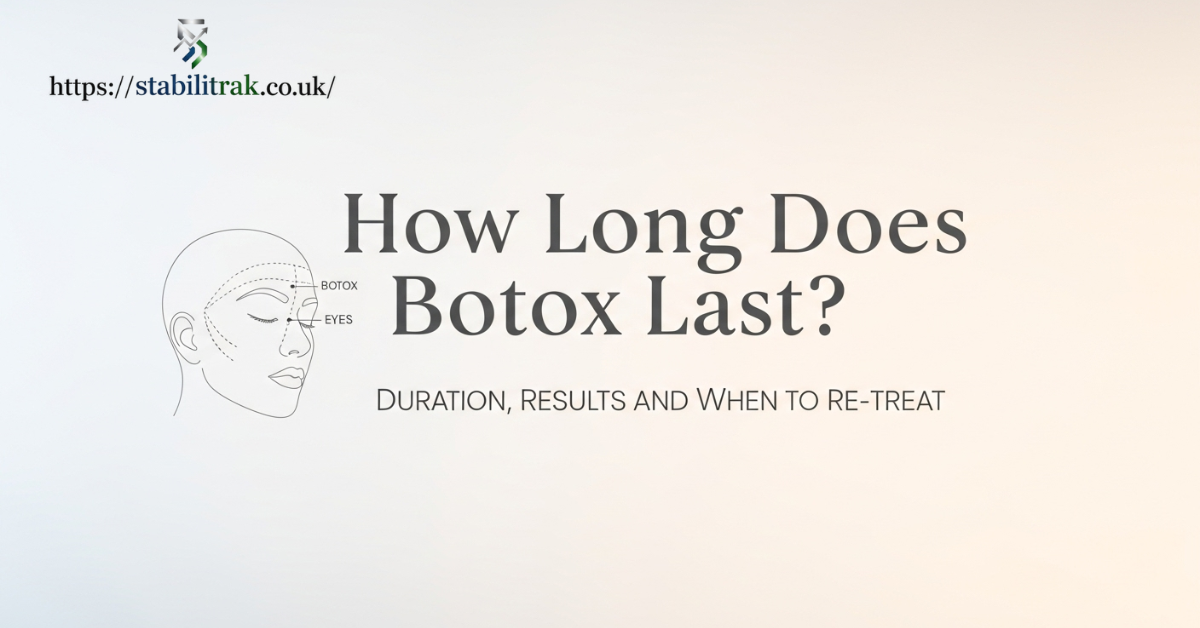
2 thoughts on “How Long Does Botox Last? Timeline & Effects”